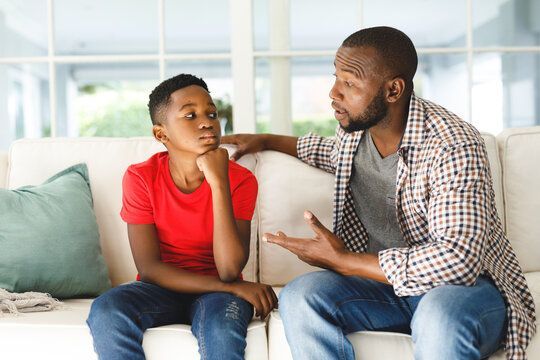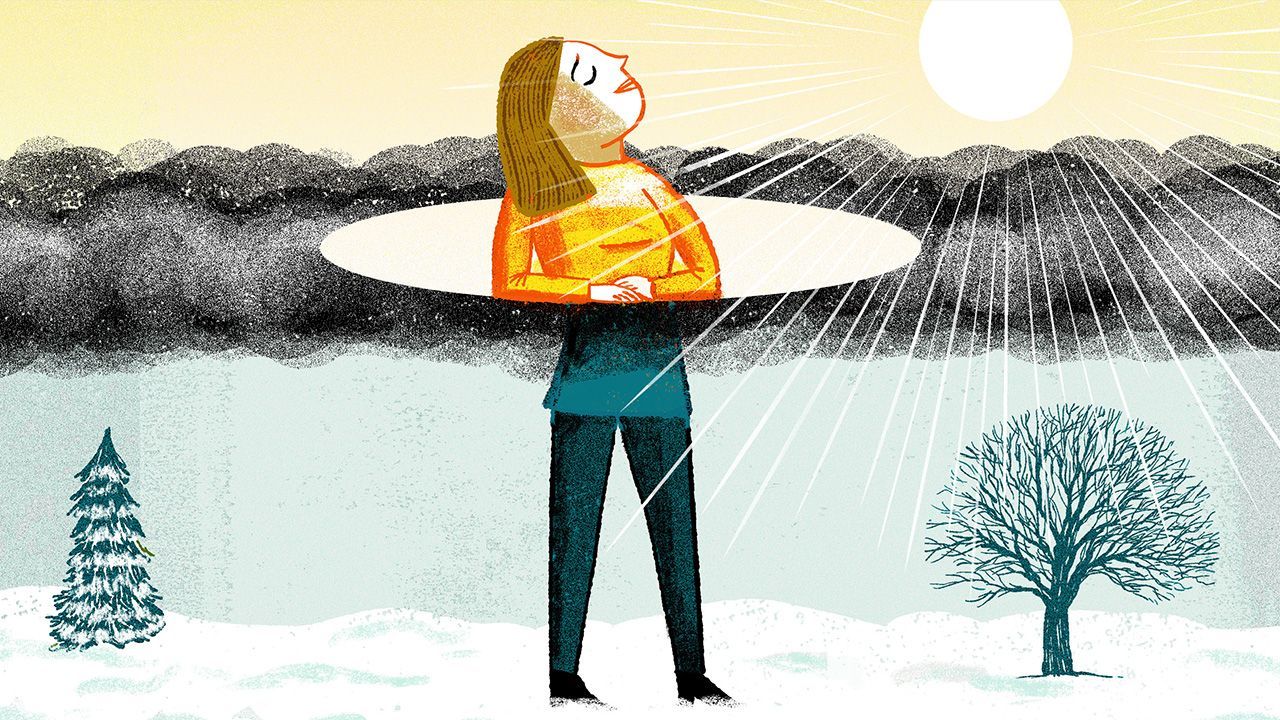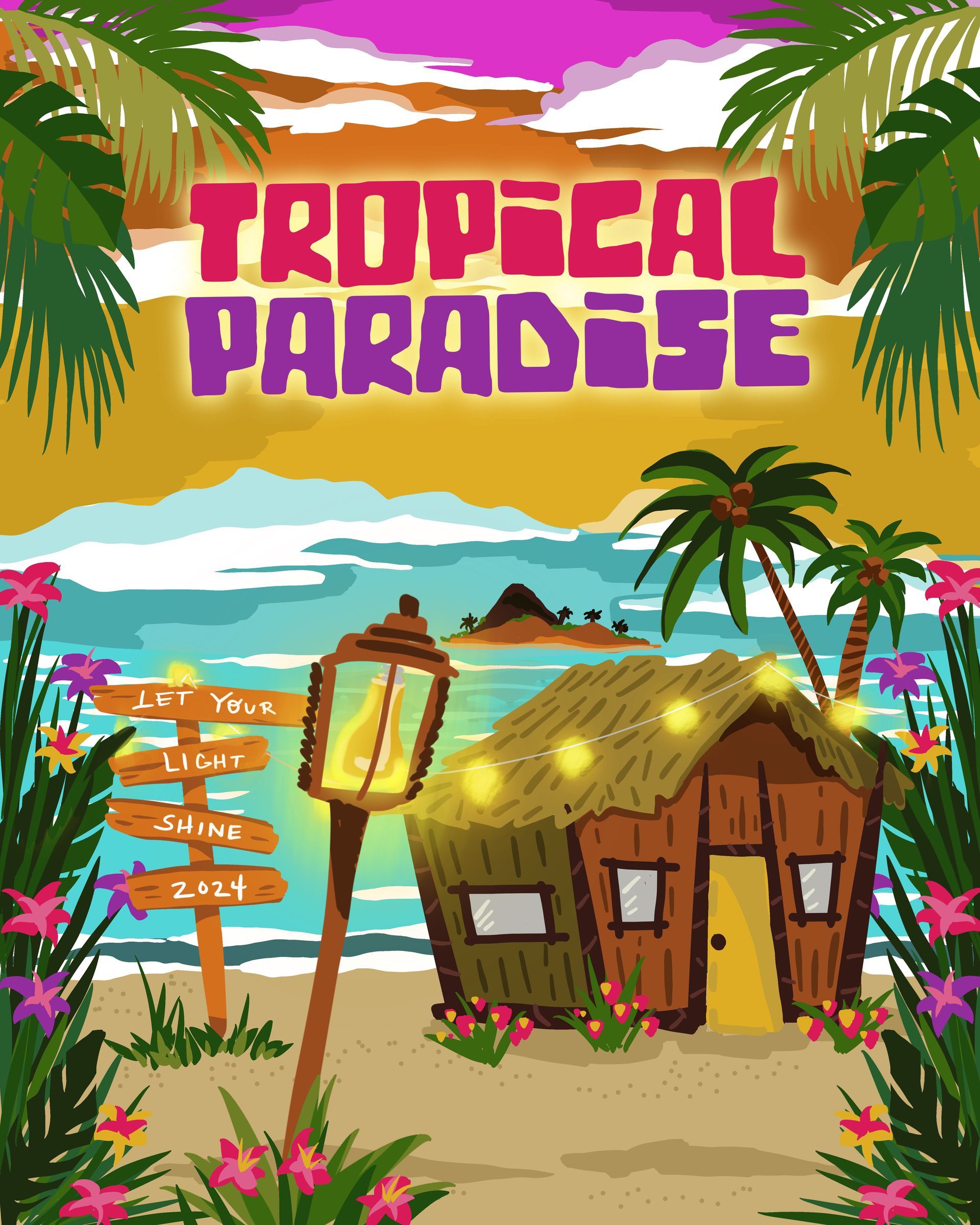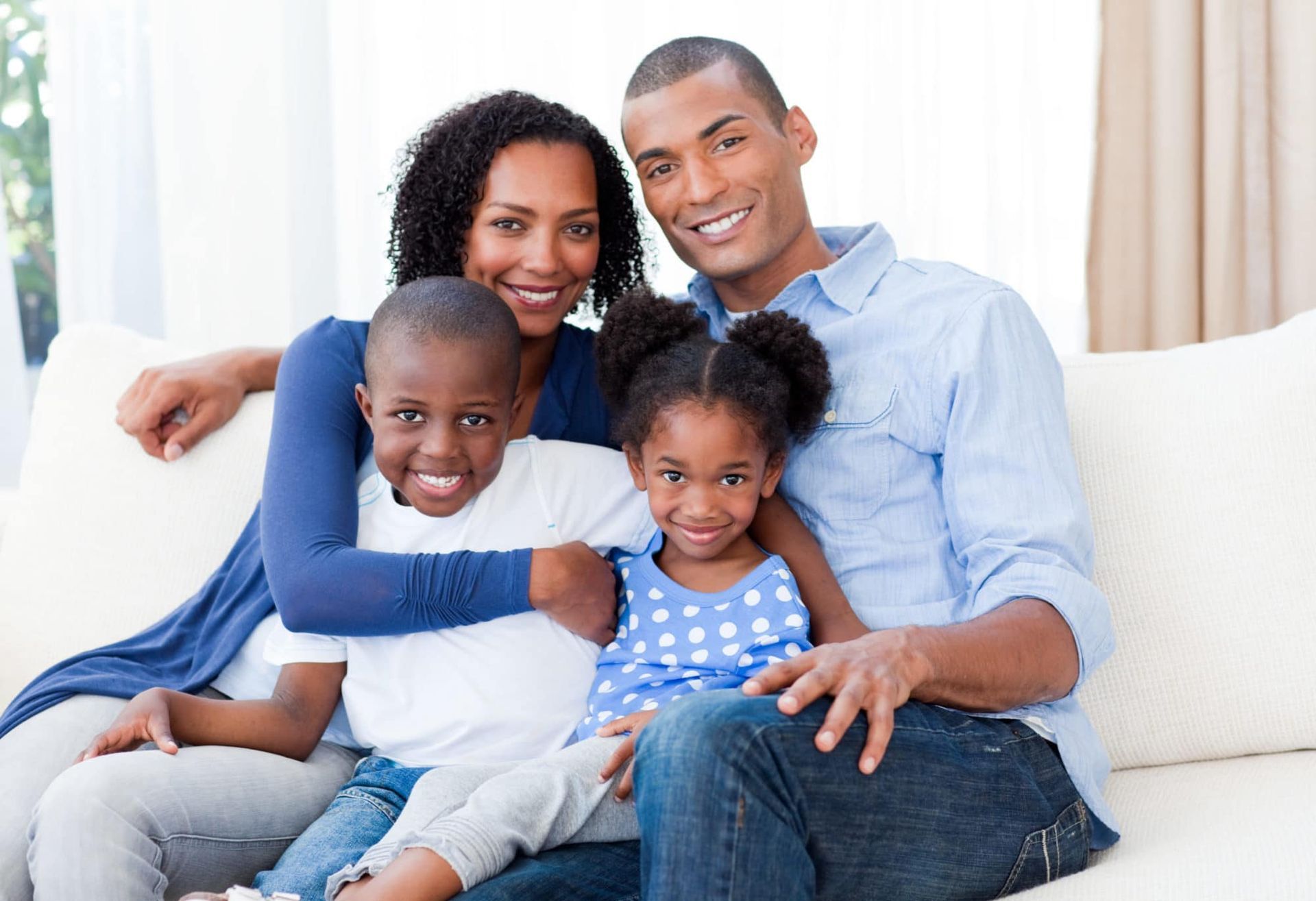
For years now, we have all been hearing about Adverse Childhood Experiences (ACE’s) and the detrimental effects they can have for the rest of a person’s life. Have you heard about Positive Childhood Experiences (PCE)? Research comparing adults who reported high numbers of PCEs with those who reported low or no PCEs found that adults reporting more PCEs showed 72 percent lower levels of adult depression and/or poor mental health and were 3.5 times more likely to get the social and emotional support they need as an adult (Bethell, et al, 2019).
Other research has found that, when their parents were able to share ideas and talk about things that matter with their child, the child had a 1,200 percent greater chance of flourishing compared to those who did not have this type of communication (Bethell, Gombojav & Whitaker, 2019).
WHAT ARE PCE'S?
What are PCE? Christina Bethell of Johns Hopkins University, one of the major researchers on PCEs, defined a positive childhood experience as “feeling safe in our families to talk about emotions and things that are hard and feeling supported during hard times.” Examples of PCEs include:
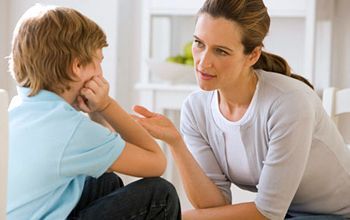
- Being able to talk openly to a family member or as a family about feelings and feel heard, accepted and supported.
- Belief that family stood by them during difficult times.
- Feeling safe and protected by an adult in the home.
Not every child comes from a family that is warm, supportive and accepting. Some children live in homes where they don’t feel emotionally and physically safe. The good news is that friends and communities can be sources of PCEs as well. Examples of non-family PCEs include:
- Feeling supported by friends.
- Having a sense of belonging and connection with a larger group who has “got your back” (e.g. school, church, clubs, neighborhood, etc.).
- Enjoyment of participation in community traditions.
- Relationship with at least one non-parent adult who takes genuine interest in you.
The types of experiences that have the most healing effects are not things that can be bought or that necessarily cost a lot of money. They are the experiences that help children learn to trust others even when life is uncertain, difficult or frightening. They happen when we are willing to talk honestly about things that are hard to understand, scary, embarrassing or painful. When adults are willing to have these types of conversations with the children, the result is that children feel reassured that they are not alone in their struggles and they are better able to find meaning or purpose in their struggles.

TIPS FOR NUTURING PCE'S
Some tips for nurturing PCEs with a child you know:
- Don’t assume that a child is doing fine just because he or she is not showing obvious signs of distress. Check in. Ask the child to share their thoughts, feelings and concerns about what is going on. If the child gives a superficial response like “I’m fine” share some of your own thoughts, feelings and concerns to show that it is acceptable to talk openly about these things.
- Listen carefully. Put the electronics down. Give your full attention.
- Some children and most teenagers aren’t comfortable maintaining eye contact when talking about their innermost fears and hurts. They’re more likely to bring these things up at times when they don’t have to look directly at you, like when riding in the car. Don’t dismiss the topic because it is not a good time. Make time, even if it means you have to drive extra laps around the block while you do.
- Offer compassionate empathy rather than solutions. Many of us are uncomfortable hearing another person’s fears, especially if we don’t know how to fix the situation that is causing them. Showing that the child’s emotions aren’t too frightening for you to handle helps the child to feel safer, less out of control and genuinely connected.
- Breathing in the same room is not the same as connecting. Do something together – play a game, do a craft or look at pictures and share memories.
- Let the child’s questions guide you. Children will let you know what is on their mind and what concerns them most through the questions they ask. A great way to start a conversation with the child is to ask, “What questions do you have about what is happening?”
- As much as possible, keep your traditions and rituals going. This can be elaborate and formal as decorating for and making traditional foods for a holiday. It can be as simple and informal as greeting each other with a certain phrase or making up a secret handshake.
- Say the words. Don’t assume they know you care. Every human being needs to hear that he or she is loved. Everyone deserves to hear it when they do a good job. It won’t give them a swelled head if you tell them that you proud of them. It helps them feel connected and appreciated.
This blog post is written by Mary Kreitz. Mary C&A's Trauma Therapist Program Manager. If you are in need of C&A's services, please call 330-433-6075.
RECENT POSTS
